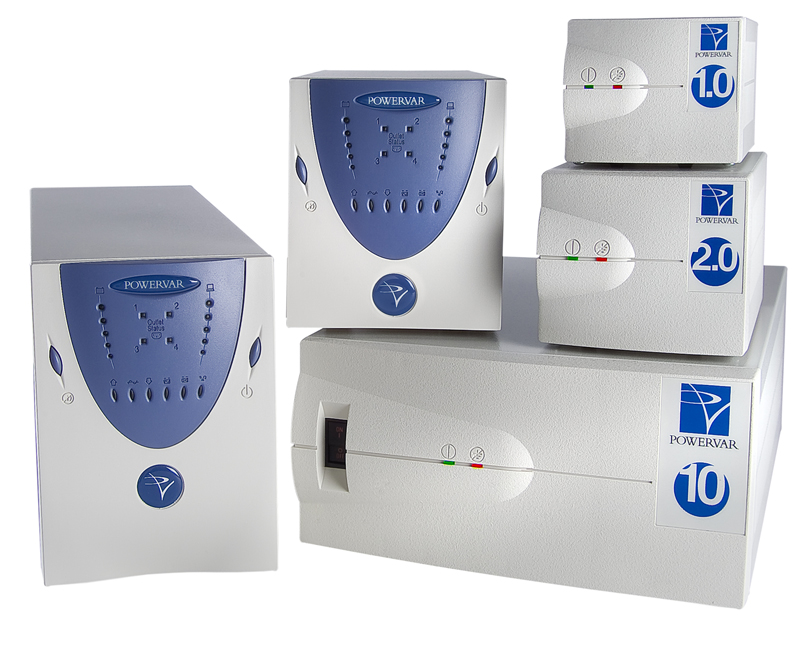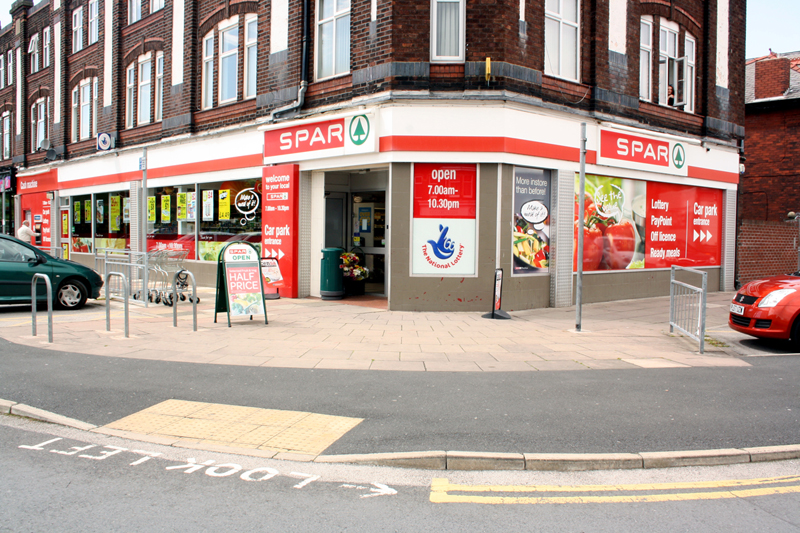In a two-year study involving customer projects around the world, POWERVAR, a power management systems company, examined how power quality technology can significantly reduce the service burden rate, delivering cost savings and a measurable return on investment (ROI). Most organisations today recognise that power quality is an issue when it comes to the detrimental effect of power disturbances, such as electrical noise and voltage impulses, on sensitive electronic systems. The problem, however, is in accurately calculating figures that demonstrate the financial downside of dealing with bad power. Simply put, how can you establish the Return on Investment (ROI) when selecting from different power protection systems? For most organisations, power quality problems are �out of sight, out of mind'. While the frequency of spikes, surges and other phenomena in power distribution is generally understood and accepted, many fail to make the connection between these irregularities and the impact to their bottom line. Over the last two years, POWERVAR worked closely with its customers to identify a technique to help quantify and educate the industry about calculating real ROI. A major focus has been about understanding the so-called �service burden rate' - this is the proportion of the price of a product allocated to cover ongoing maintenance and repairs during the warranty period. Our extensive research found that the typical service burden rate ranged somewhere between 4 and 8 per cent of the price of the equipment or solution. But results gathered from more than a thousand pieces of equipment installed by our customers showed a reduction of between 43 and 88 per cent in warranty service costs. Even taking into account the cost of buying the power protection equipment, the ROI in these applications varied between 154 and a top level of 1,148 per cent.

The benefits were not just financial either - there is a �softer ROI' to consider, such as a reduction in service calls to the manufacturer, improved customer satisfaction and greater customer loyalty, as well as competitive advantage, important in commodity based businesses largely driven by price. The challenges of power supply Whether power comes from a public utility or produced onsite, the quality is always a challenge for today's electronic equipment. The power from utility companies, even in developed countries, still largely meets standards set in the very earliest days of electricity. This was fine for many years until the advent of hi-tech equipment incorporating sensitive components like integrated circuits. The power supply in the US and other developed nations experiences an average of 8.8 hours of outages a year. Less visible is the annual average of 79 hours in which the quality of power is poor. Spread over the course of a year, these incidents frequently cause costly damage or failures. Such power irregularities are not immediately fatal to equipment, but can produce cumulative damage that will eventually cause sudden system failure or lock up without warning. As soon as one component is replaced the cycle begins again and it's a matter of time before the failure is repeated. The key to delivering a higher ROI for OEMs is a direct and fast reduction in the service burden. We focus on increasing equipment reliability and uptime on the one hand, and reducing operational and service costs on the other. A notable proportion of service problems result in �no trouble found' service calls, most likely caused by power quality problems. The ability to reduce these calls has a positive impact on warranty costs and customer satisfaction. By reducing service costs by up to 88 or even 43 per cent, as reported in the study above, customers are saving millions in some cases. In addition, the average number of help desk calls dropped by 60 per cent. These are savings that every business, regardless of size or industry, wants to achieve. Harder to measure is the impact on reputation and market share, although these are real benefits too. An additional benefit is the increase in profits from service contracts - so manufacturers can look to extend their product warranties from say two to five years. Clearly power quality is not the only factor impacting the service burden rate. There are all sorts of software, training, hardware and personnel issues that can also play a role, but addressing and eliminating the �hidden' and often hard-to-trace problems caused by power fluctuations frees up time and resources to sort out these other important areas. Sensitive sectors There are a number of key market sectors where focusing on controlling the power variable and protecting the equipment's processes will significantly increase ROI, including: • Medical and Healthcare systems - clinical and diagnostic equipment, patient monitoring, patient imaging and cardiac catherisation, etc • Analytical Instrumentation - gas chromatography, liquid chromatography, mass spectroscopy and explosive detection • Banking and Retail - point of sale, ATMs and kiosks • Electronics Manufacturing - semiconductors, industrial automation, PCB manufacturing and automated test equipment • Graphics and Printing - page layout and makeup and digital feed presses The common element in all of the sectors listed above is that an improved ROI is not just about cost savings, but also about these �softer' benefits as well - reducing service calls, keeping customers happy, protecting your brand and competitive advantage.

Case study: James Hall & Co (Spar Group wholesaler) James Hall & Co saw an 80 per cent reduction in hard disk failures and data corruption in its EPOS and back office systems at its petrol retail forecourts compared with its retail outlets that had no power quality equipment in place. This has led to an investment in power conditioning equipment across its entire retail base of 500 stores. The company is also considering extending the lifecycle of its retail systems before replacement, from five to six years. It currently rents the equipment to its outlets for five years, but is confident that an investment of around £130,000 in POWERVAR equipment would make it possible to extend the trouble-free life of front and back office systems by 20 per cent and easily deliver additional rental income of more than £2m. The financial case Over the years, the power quality market and associated UPS business, which is highly competitive and largely driven by price, has been unable to demonstrate to customers how much power disturbances are costing their business and how power conditioning technology can deliver savings directly to the bottom line. But there is a financial case for investment in such equipment. The market is now entering an era where investment is made on the grounds of measurable ROI and demonstrable cost savings from service and warranty costs. The industry must start to show customers the kind of savings achievable by working in partnership and by sharing information. www.powervar.com